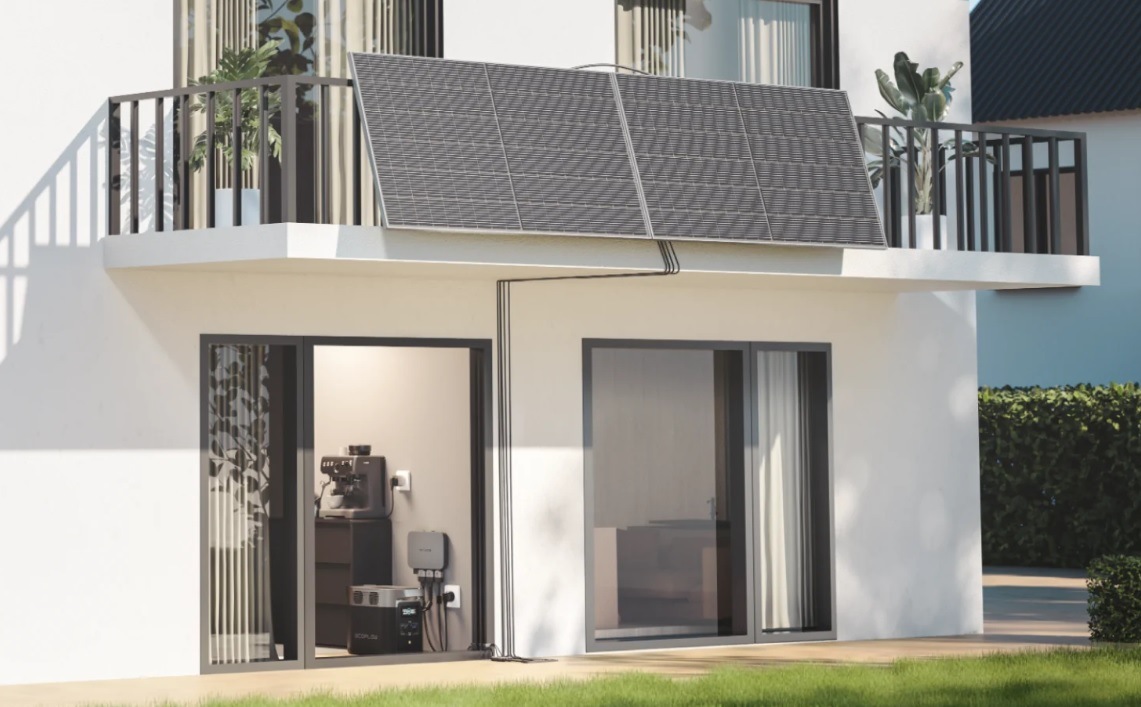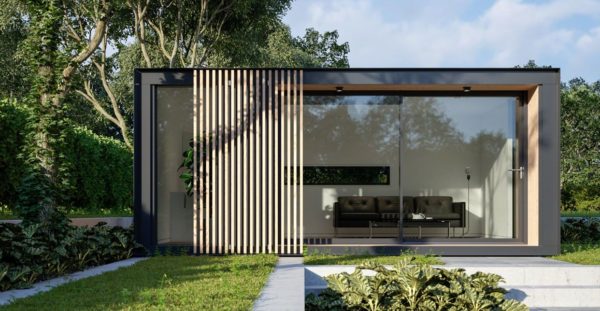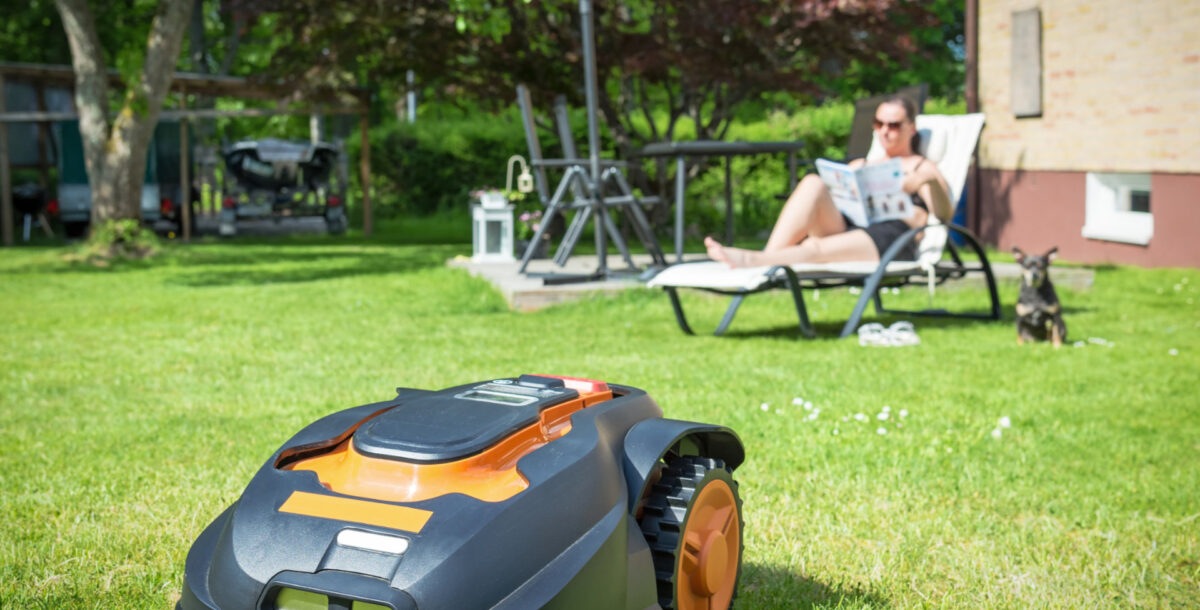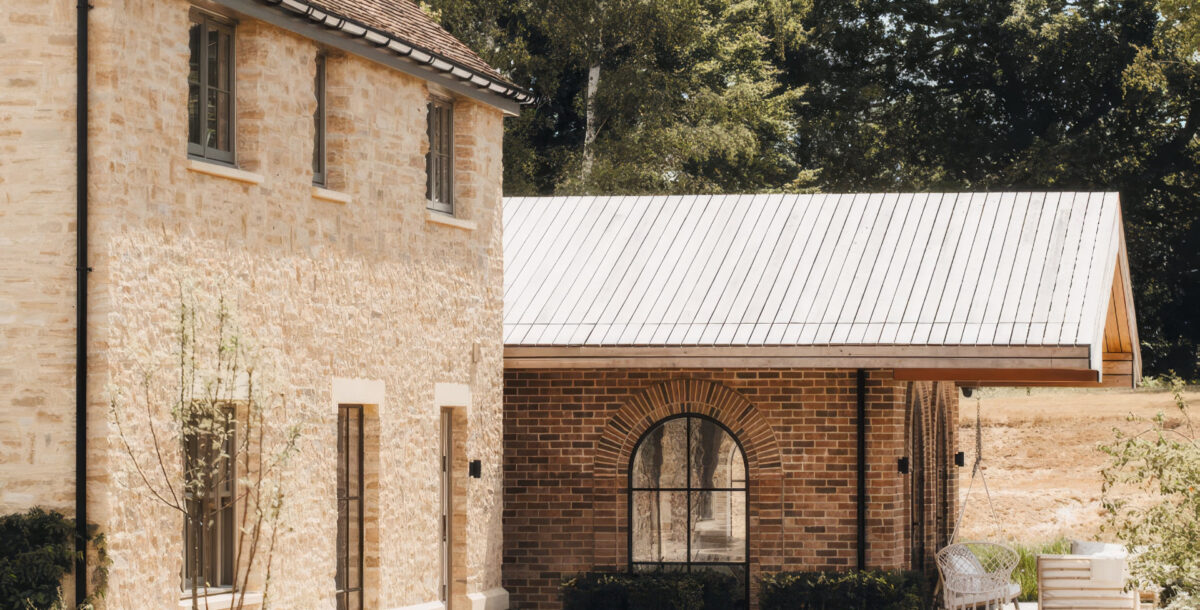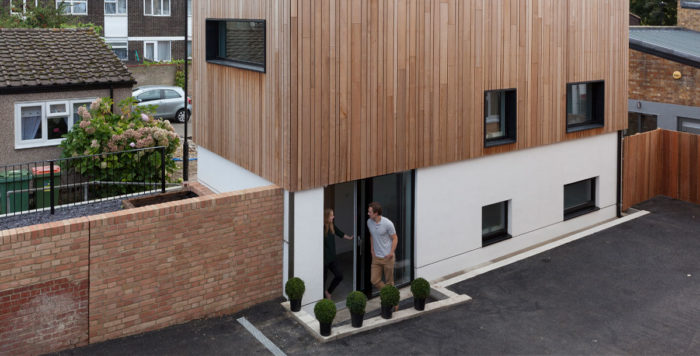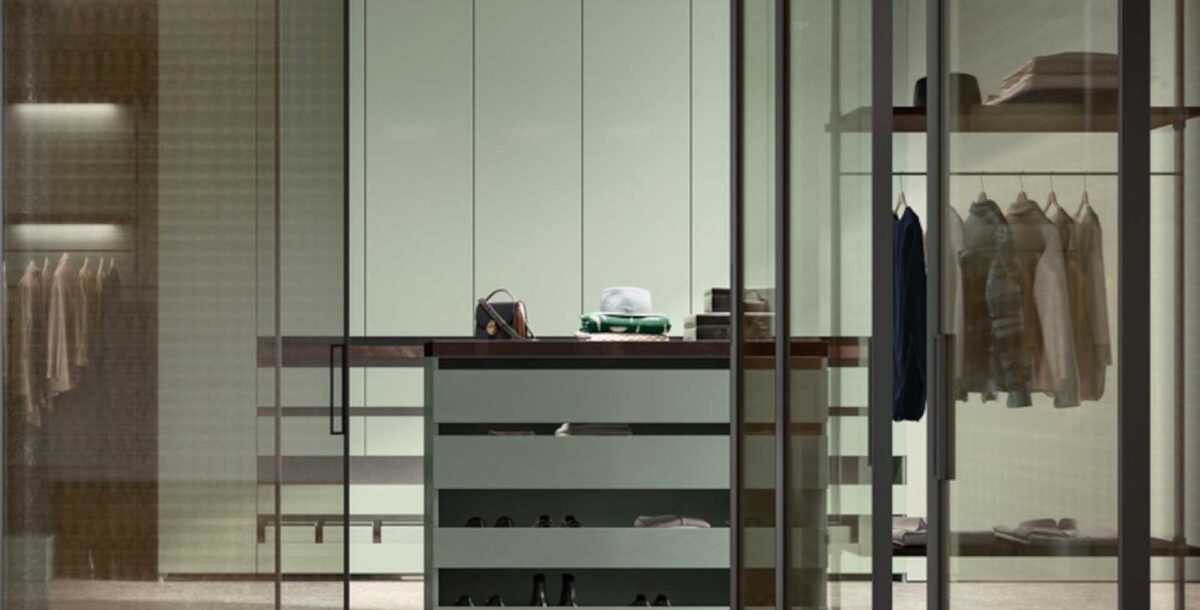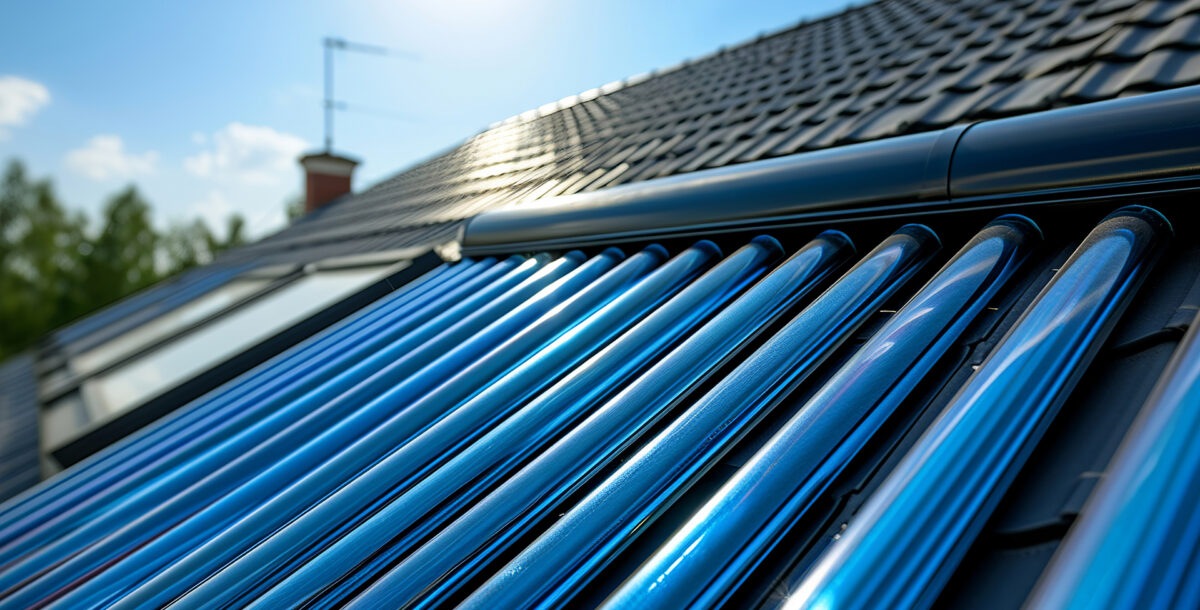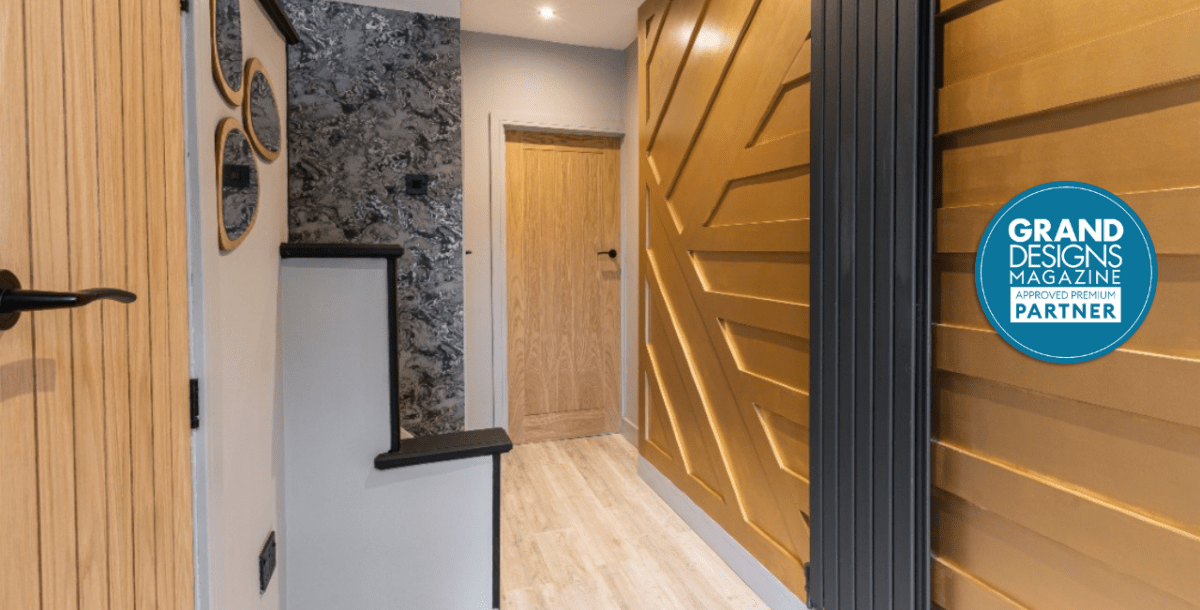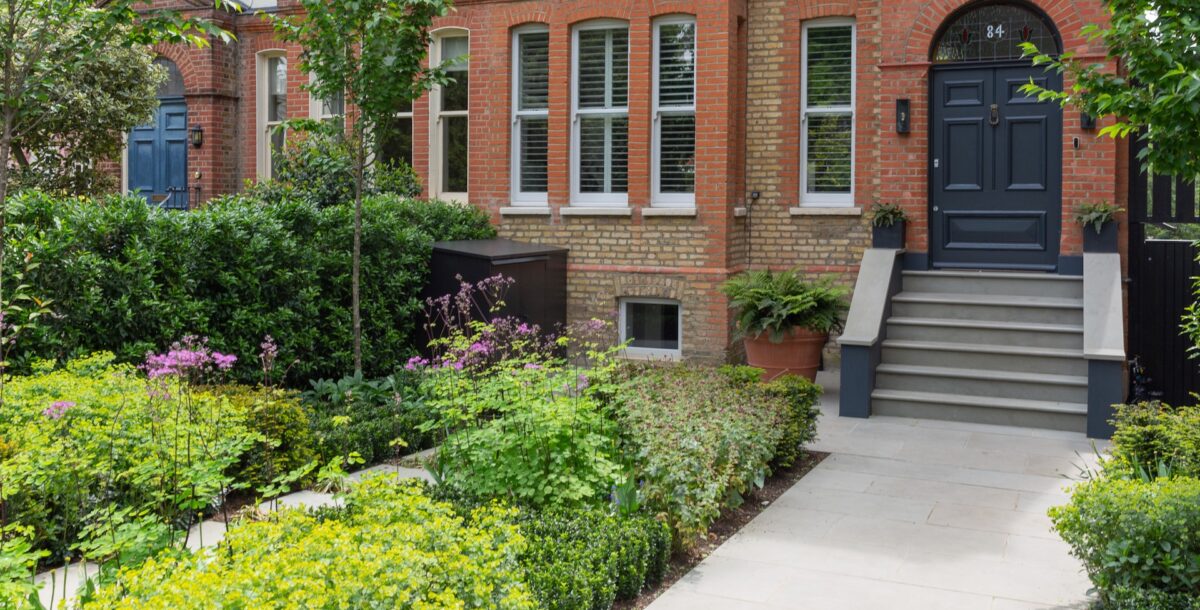Buildings, Home Improvements, Home security, Renovate
DIY solar power options
For big solar projects, it’s best to call in the professionals. But there are many ways to put the sun to work if you prefer to do things yourself
Few home improvements are quite as satisfying as solar power. Set it up once, and you can relax while your panels turn every ray of sunshine into clean, free electricity. We’ve written plenty about rooftop solar and even solar power alternatives. But most of these are major undertakings, requiring specialist knowledge and qualifications. What if you’re looking for a solar project you can do yourself?
Happily, there’s an increasing number of small-scale solar products that can help you lower your emissions and save money on energy. From simple garden lights and security cameras, through to sophisticated balcony solar or solar sheds, it’s easy to find ways to put the sun to work.
How does solar power work?
It’s worth starting with a quick recap of what solar power is, and how to get the best from it. In this article, we’re focusing on photovoltaic cells, which are made from a semiconductor such as silicon. When the sun shines, photons of light strike the semiconductor, releasing electrons that flow as electricity.
You can either use this ‘free’ energy immediately, for example, to power a motor, or store it in a battery for later use. In a rooftop solar installation, it usually goes to an inverter, which either sends it to a battery or converts it into 230-volt mains electricity that’s fed into the building’s wiring.
Solar panels work best when exposed to direct sunlight, and ideally when orientated as flat to the sun as possible. They’ll still produce some power on cloudy days, or from indirect light, but it may not be enough to power whatever devices they’re connected to. Here, having a battery is a bonus, as you can store any small amounts of electricity when you don’t need it, then use the power when you do.
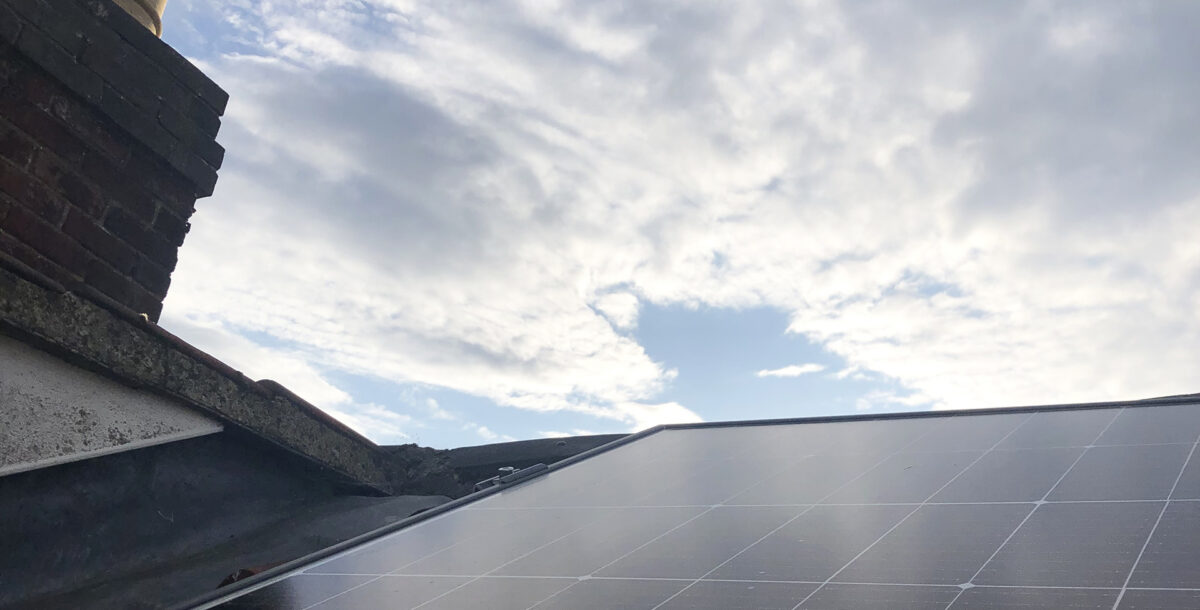
Panels are most efficient when they’re cool, which helps partially offset the smaller amounts of sunlight available in the winter months. Permanent solar panels usually have a design life of at least 25 years, although smaller portable products are unlikely to last as long.
Solar lights and cameras
You can’t visit a garden centre these days without walking past an array of solar lights. These range from functional stake and wall lights, through to more decorative strings and lanterns. They’re often pretty cheap, and not always particularly bright or long-lasting, but they are a simple way to light a path or add a bit of visual interest without having to run mains cables about.
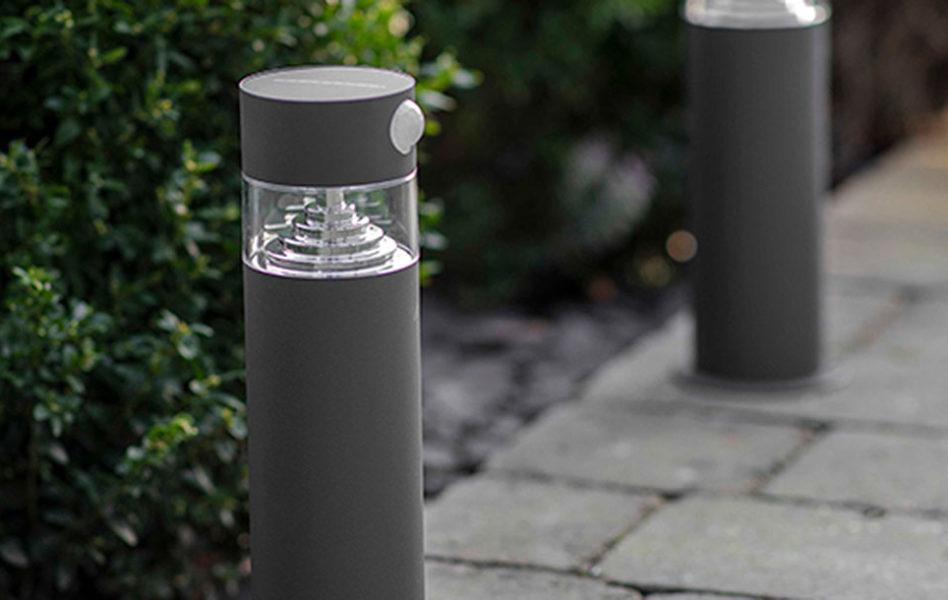
You’ll get better performance from more expensive lights that incorporate a bigger solar cell and battery. Some of these also add motion activation or smart features, so you get a bit more control over when and how they operate. Many lights are a single block design, so you can’t direct the solar cells independently of the light itself, but some systems pair a small solar panel with a separate light and battery unit. These are ideal for adding light to a shed or other outbuildings, as you can fix the panel to the roof or wall, and route the cable inside to power the light.
Many home security brands also now offer solar-powered cameras. These are perfect if you want to get security coverage in a spot where there’s no mains cabling, such as a long driveway or on the far side of a garden. These typically offer a combined mount for the camera and panel, which can be converted to separate mounting – letting you position the panel and camera independently to get the best picture and power.
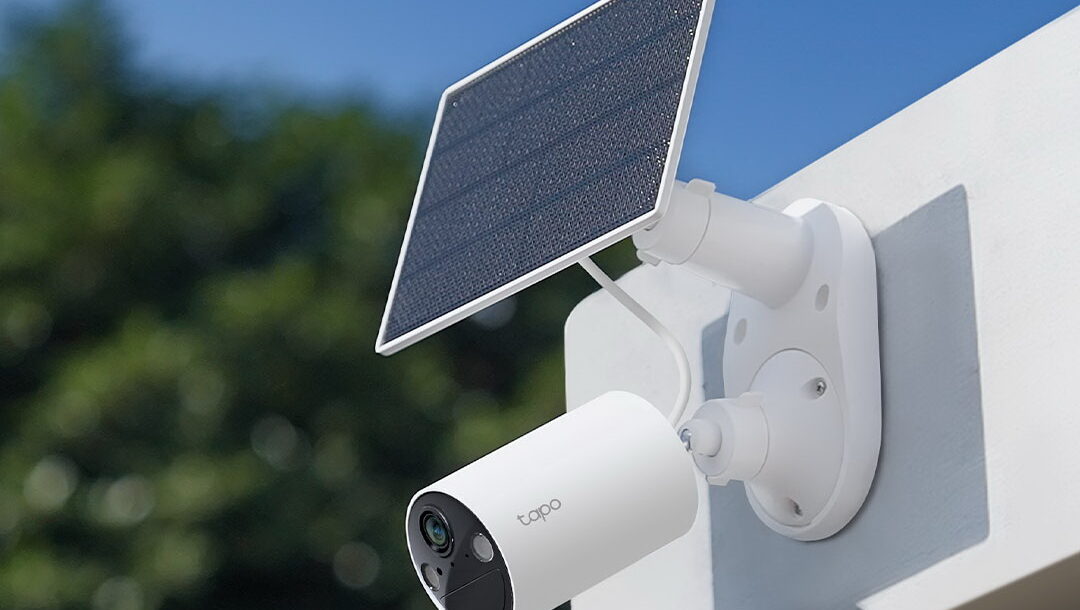
Of course, you’ll need good Wi-Fi coverage to control smart garden lights or receive the signal from a garden camera. In some cases that might mean installing an outdoor wireless access point.
Can I add off-grid solar power to a shed or garage?
If you’ve got the budget, you can use solar power for much more than lights or cameras. It’s easy to use solar panels to charge a compatible battery power station. These portable units combine battery storage with USB and mains outputs, giving you a flexible source of power that’s ideal for outbuildings that aren’t wired into the mains.
When choosing a power station with this in mind, it’s important to understand a few things. First, you should make sure it’s capable of delivering the peak power you might need. For example, a simple low-energy light might demand around 20W, while a mains-powered drill might draw more than 700W, and a kettle up to 3,000W – you can usually find a device’s maximum consumption on its label or user guide. Entry-level power stations typically can’t go above 500W, while only the most powerful – and expensive – go much above 2,000W.
You’ll also need to consider how much energy you might need to store. Again, cheaper power stations may hold only 250-500Wh (Watt hours) of electricity – enough to power that low-energy light for about 12-24 hours. By contrast, a system that stores 2,000Wh could run an average desktop PC for a typical working day.
You can work out how much stored power you might need by multiplying your devices’ rated value by the time you might want to use them for, giving you an answer in watt hours. Power stations are usually only around 80-90% efficient, so you might need to over-specify them slightly. On the flip side, many devices have variable power needs, so they won’t consume their maximum rated power all of the time.
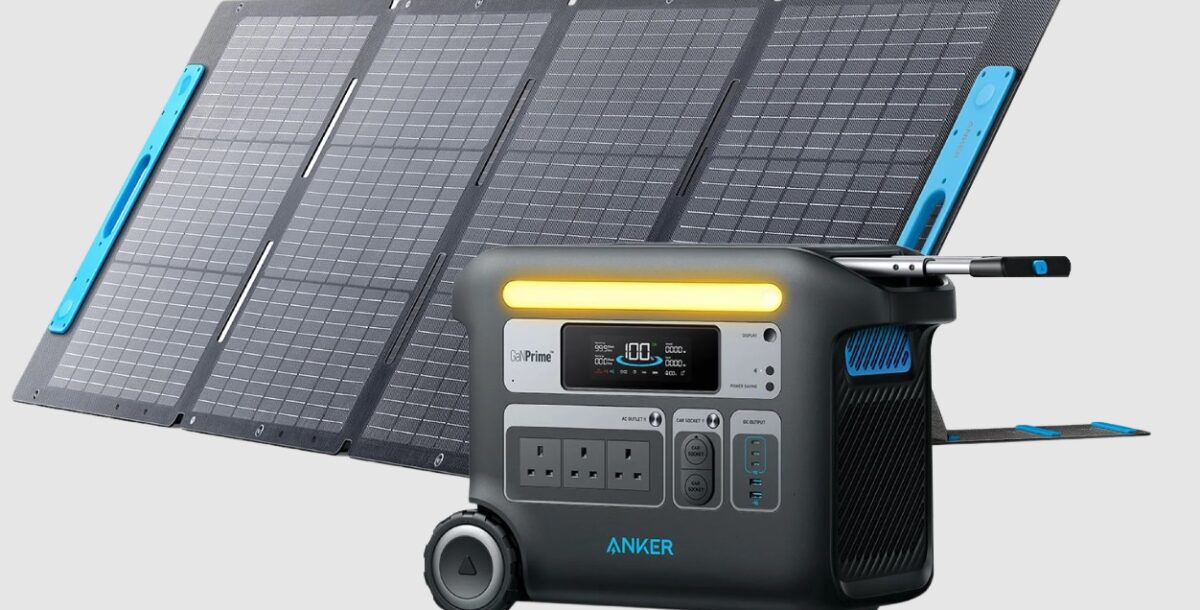
The next thing to consider are the practicalities of solar charging. Battery power stations that support solar panels have a maximum input power, usually somewhere from 100 – 2,500W, along with a maximum input voltage. It’s important to choose suitable solar panels that won’t exceed either. Highly portable power stations usually have an XT60 connector designed for portable panels. You may need an inexpensive adaptor to connect up the MC4 plugs from bigger panels.
The biggest challenge to setting up a more permanent system is fitting the solar panels themselves. It’s perfectly feasible to mount panels on a shed or garage roof, but you need to use a proper frame or rail system, anchored securely to the rafters, and weatherproofed. You can also mount panels on a wall using a suitable frame.
The installation needs to be strong enough to take the panels’ weight, but also to withstand the lifting effect created by wind. While wall or rooftop solar panels usually don’t require planning permission, it’s worth familiarising yourself with the rules – especially if you live in a listed building or conservation area.
Finally, it should go without saying that if necessary, you should use proper precautions for working at height, such as crawl boards and scaffolding. Additionally, be aware that many roofs built before 1999 could contain asbestos, particularly in cement-based tiles.
What about a DIY solar panel system for my house?
Things quickly become more complex if you’re intending to connect solar panels to your building’s mains electricity supply in a so-called grid-tied setup. Quite apart from the critical importance of getting the equipment and connections right, you’ll need to notify your distribution network operator (DNO) – the company responsible for the physical cabling between your house and the grid. You must use approved equipment, and if the system capacity is greater than 3,680 watts you must request DNO permission first through the so-called G99 process.
There are simpler ways to use solar energy in your home. So-called balcony systems usually combine a set of portable solar panels with a battery power station similar to the ones described above. This provides a set of solar powered mains and USB ports you can use to power various household gadgets. Depending on the system, you can set up the panels temporarily on a patio or balcony, or cable-tie them semi-permanently to railings.
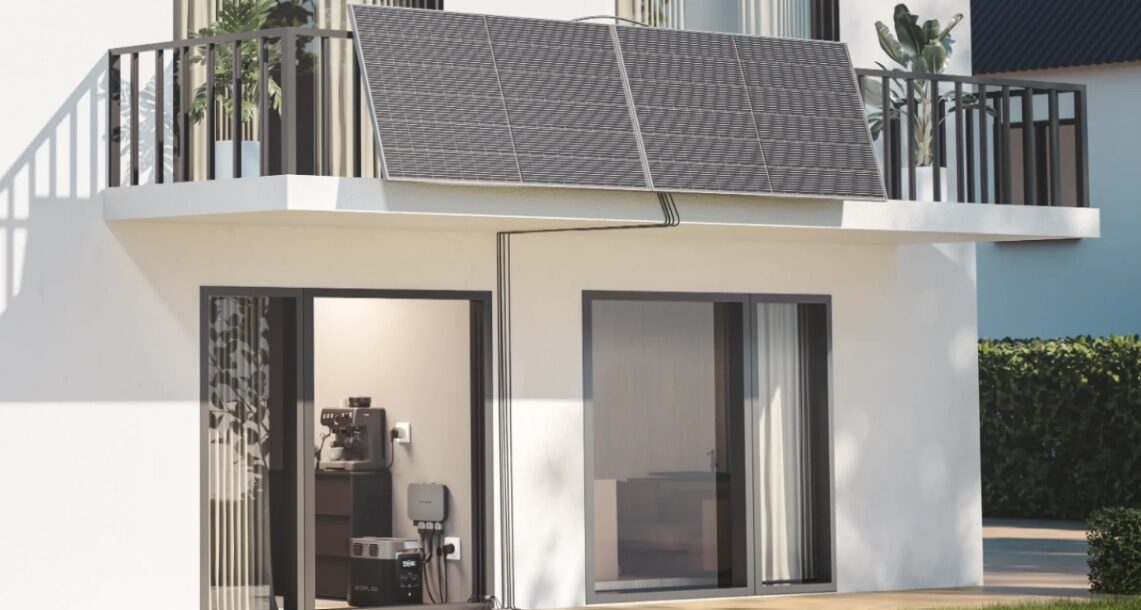
Some balcony systems also come with a microinverter, which plugs into a standard mains socket to supply solar power to your home. These are a neat way to simplify connecting a solar energy system as they don’t require any special wiring. However, you must still follow any relevant regulations, and notify your DNO within 28 days of the system being installed.
Companies such as Plug-In Solar specialise in plug-in systems, selling approved kits suitable for roof, ground and balcony mounting, and offering support for the G98 notification and G99 approval processes. Even so, it’s worth noting that unless the system is connected by an MCS-certified installer, you can’t qualify for Smart Export Tariff payments for any electricity you export to the grid. You’re also unlikely to get a guarantee to rival the 10-years offered on most MCS-certified installations. When considered together, this may make it cheaper in the long-term to just go with a permanent, professional installation.

